当前位置:网站首页>线程的实现方式总结
线程的实现方式总结
2022-07-06 09:23:00 【飘飘~】
提示:阅读本篇文章前,请先了解操作系统中线程和进程的基本概念。
线程基本概念本文会有所提及,操作系统和进程请参考我的这两篇笔记![]() https://note.youdao.com/s/ag3ipekE
https://note.youdao.com/s/ag3ipekE https://note.youdao.com/s/ag3ipekE
https://note.youdao.com/s/ag3ipekE
https://note.youdao.com/s/BFTOv61y https://note.youdao.com/s/BFTOv61y
https://note.youdao.com/s/BFTOv61y
目录
前言:
在系统层面,为了减少操作的耗时,提高程序并行操作效率以及CPU的利用率,我们引入了多线程的技术概念。、
本文将从线程的基本概念讲起,详细介绍创建多线程的四种方式。
一、多线程的基础知识
1.1 什么是线程
线程是进程内部的一个可执行单元,是可以完成一个独立任务的顺序控制流程,如果在一个进程中同时运行多个线程,用来完成不同的工作,则称之为多线程。
1.2 何时需要多线程
(1)程序需要同时执行两个或两个以上任务时。
(2)程序需要执行一些需要等待的任务时,比如用户注册,文件读写。
(3)需要后台执行程序时。
1.3 多线程的优缺点
优点:
- 能适当的提高程序的执行效率
- 能适当提高资源利用率(cpu、内存利用率)
缺点:
- 开启线程需要占用一定的内存空间,(默认情况下,主线程1M,子线程512KB),如果开启大量的线程,会占用大量的内存空间,降低程序的性能。
- 线程越多,cpu在调度线程上的开销就越大。
- 程序设计更加复杂:比如线程之间的通讯、多线程的数据共享
1.4 多线程的物种状态
- NEW:新建状态。当一个线程被创建后,启动之前,就处于该状态。
- RUNNABLE:可运行状态。当一个线程正在执行任务,就处于该状态。
- WAITING:无限等待状态。一个线程获取Lock锁对象,失败,就处于该状态。
- TIMED_WAITING:计时等待状态。当一个线程正在执行sleep方法的时候,就处于该状态。
- BLOCKED:阻塞状态。一个线程获取synchronized(代码块、方法)锁对象,失败,就处于该状态。
- TERMINATED:消亡状态。当线程把任务执行结束后,就处于该状态。
其中NEW状态和TERMINATED状态只会出现一次。
二、线程的实现方式
创建子线程就是:创建Thread类型的对象,并启动执行。
2.1 继承Thread类
Thread类:
所属包:java.lang;
构造方法:
public Thread();
public Thread(Runnable target);
public Thread(Runnable target,String name);
静态方法:
static Thread currentThread();//获取当前线程,哪个线程执行该方法,就获取哪个线程
成员方法:
void start();//只能调用一次,不能调用多次
void run();//线程启动以后,会执行run方法中的代码
String getName();//获取线程的名称
void setName(String name);//设置线程的名称
继承Thread类创建线程的步骤如下:
- 创建一个继承于Thread类的子类。
- 重写Thread类的run方法–>将此线程执行的操作声明在run()中。
- 创建子类对象。
- 通过子类对象调用start()方法。
创建Thread类的对象,重写run()方法的代码如下:
public class Test01Thread {
public static void main(String[] args) {
//以匿名内部类的方式创建Thread类型的对象,创建线程
Thread t = new Thread() {
@Override
public void run() {
String name = Thread.currentThread().getName();
System.out.println(name);
}
};
t.start();//启动线程
};
}
2.2 实现Runnable接口
Runnable接口:
Runnable比Thread类所具有的优势:
1.可以避免java中的单继承的局限性(java是单继承多级继承,而实现是多实现)
2.任务和线程分离,实现了解耦合
3.线程池只能传入Runnable或者Callable类型的对象,不能使用继承的方式
实现Runnable接口创建线程的步骤如下:
- 创建一个实现了Runnable接口的类
- 实现Runnable接口中的方法。
- 创建实现类的对象。
- 将此对象作为参数传递到Thread类的构造器中,创建Thread类的对象。
- 通过Thread类的对象调用start()方法。
实现Runnable接口创建线程的代码如下:
public class Test02Runnable {
public static void main(String[] args) {
//采用匿名内部类的方式创建Runnable类型的对象
Runnable r = new Runnable() {
@Override
public void run() {
String name = Thread.currentThread().getName();
System.out.println(name);
}
};
//创建线程
Thread t = new Thread(r,"线程1");
t.start();
}
}
2.3 实现Callable接口
callable接口:
实现Callable接口的步骤如下:
- 创建子类实现callable的实现类。
- 实现call方法,将此线程需要执行的操作声明在call方法中。
- 创建Callable接口对象
- 将此Callable实现类的对象作为参数传递到FutureTask构造器中,创建FutureTask对象。
- 将FutureTask类的序传递到Thread类的构造器中,创建Thread类的对象,通过该对象启动线程
- 可以获取Callable实现类的call方法的返回值。(可选,需要返回值就get,不需要就不get)
import java.util.concurrent.Callable;
import java.util.concurrent.ExecutionException;
import java.util.concurrent.Future;
import java.util.concurrent.FutureTask;
public class Test03Callable {
public static void main(String[] args) throws InterruptedException, ExecutionException {
//通过匿名内部类的方式创建Callable类型的对象
Callable<String> callable = new Callable<String>() {
@Override
public String call() throws Exception {
System.out.println(Thread.currentThread().getName());
return "存在返回值";
}
};
//创建FutureTask对象接受callable返回值结果
FutureTask<String> ft=new FutureTask(callable);
//创建线程
Thread t=new Thread(ft);
//启动线程
t.start();
//获取线程的返回结果
String str = ft.get();
System.out.println(str);//测试Callable的返回值
}
}2.4 线程池
线程池创建线程:
优点:
1.降低资源消耗(减少了频繁的创建和销毁线程)。
线程池中的线程可以提前创建,而且只需完任务以后可以不销毁
2.提高响应速度。 线程池中的线程可以提前创建线程。
3.提高线程的可管理性。(任务很多,而且每个任务需要消耗的时间比较长)
创建一个线程大约需要消耗1M的空间。
语法:
Executors类
static ExecutorService newFixedThreadPool(int c);//参数是线程的数量
ExecutorService接口:
void execute(Runnable r);
Future<?> submit(Runnable r);//如果线程执行完任务后又返回值,则可以处理返回的结果
<T> Future<T> submit(Callable<T> c);
void shutdown();//关闭线程池
Future<T>接口
T get();//必须等待子线程任务执行结束后,才可以获取到返回结果。
实现Runnable接口,利用线程池创建线程。
import java.util.concurrent.ExecutorService;
import java.util.concurrent.Executors;
public class Test04Executors {
public static void main(String[] args) {
//创建固定线程池对象,2为创建两个线程.
ExecutorService threadPool = Executors.newFixedThreadPool(2);
Runnable r = new Runnable() {
@Override
public void run() {
System.out.println(Thread.currentThread().getName());
}
};
//执行任务
threadPool.execute(r);
//关闭
threadPool.shutdown();
}
}实现Callable接口,利用线程池创建线程,并获取返回值。
import java.util.concurrent.Callable;
import java.util.concurrent.ExecutionException;
import java.util.concurrent.ExecutorService;
import java.util.concurrent.Executors;
import java.util.concurrent.Future;
public class Test05ExecutorsCall {
public static void main(String[] args) throws InterruptedException, ExecutionException {
//创建线程池对象
ExecutorService threadPool = Executors.newFixedThreadPool(1);
//通过匿名内部类的方式创建Callable类型的对象
Callable<String> callable = new Callable<String>() {
@Override
public String call() throws Exception {
System.out.println(Thread.currentThread().getName());
Thread.sleep(10000);
return "有返回值";
}
};
//执行任务
Future<String> future = threadPool.submit(callable);
//获取线程的返回结果。
String str = future.get();
System.out.println(str);//测试Callable的返回值
//关闭
threadPool.shutdown();
}
}
最后,感谢大家的持续支持!!!
学而时习之,才能有所进步。

边栏推荐
- 《统计学》第八版贾俊平第十一章一元线性回归知识点总结及课后习题答案
- Web vulnerability - File Inclusion Vulnerability of file operation
- Hackmyvm Target Series (3) - vues
- How to understand the difference between technical thinking and business thinking in Bi?
- 内网渗透之内网信息收集(五)
- Network layer - simple ARP disconnection
- Intranet information collection of Intranet penetration (4)
- How does SQLite count the data that meets another condition under the data that has been classified once
- Statistics 8th Edition Jia Junping Chapter 14 summary of index knowledge points and answers to exercises after class
- Build domain environment (win)
猜你喜欢

Ucos-iii learning records (11) - task management

关于超星脚本出现乱码问题
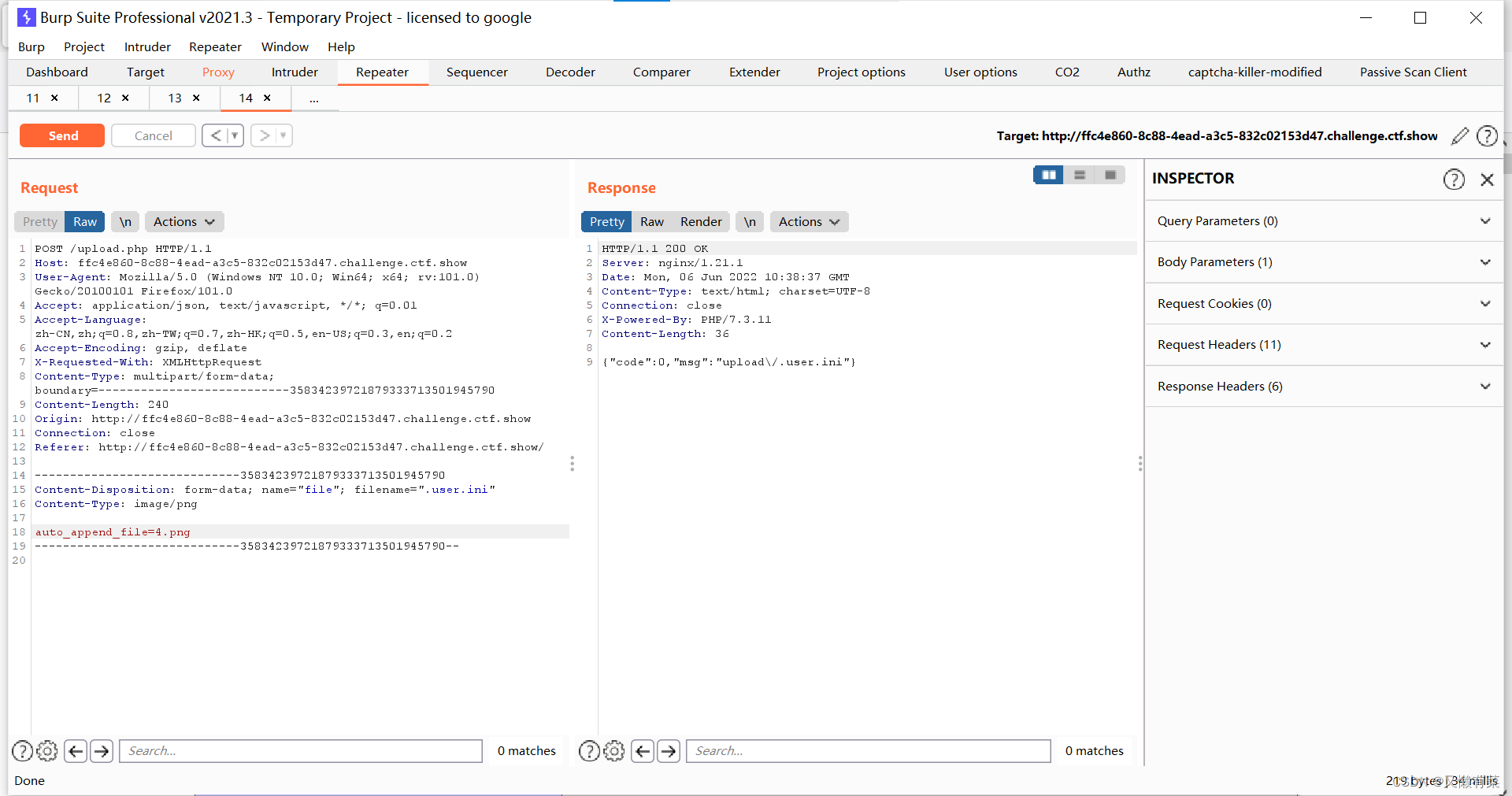
Middleware vulnerability recurrence Apache
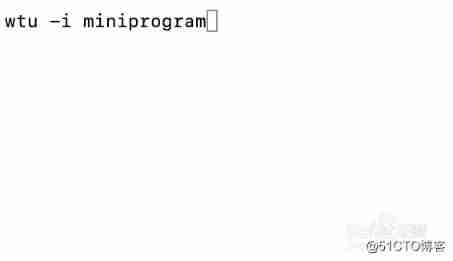
How to turn wechat applet into uniapp

Intranet information collection of Intranet penetration (5)

Wu Enda's latest interview! Data centric reasons
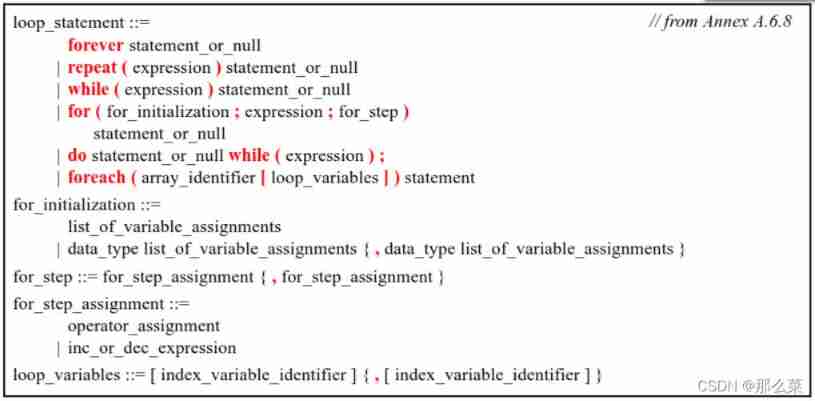
SystemVerilog discusses loop loop structure and built-in loop variable I
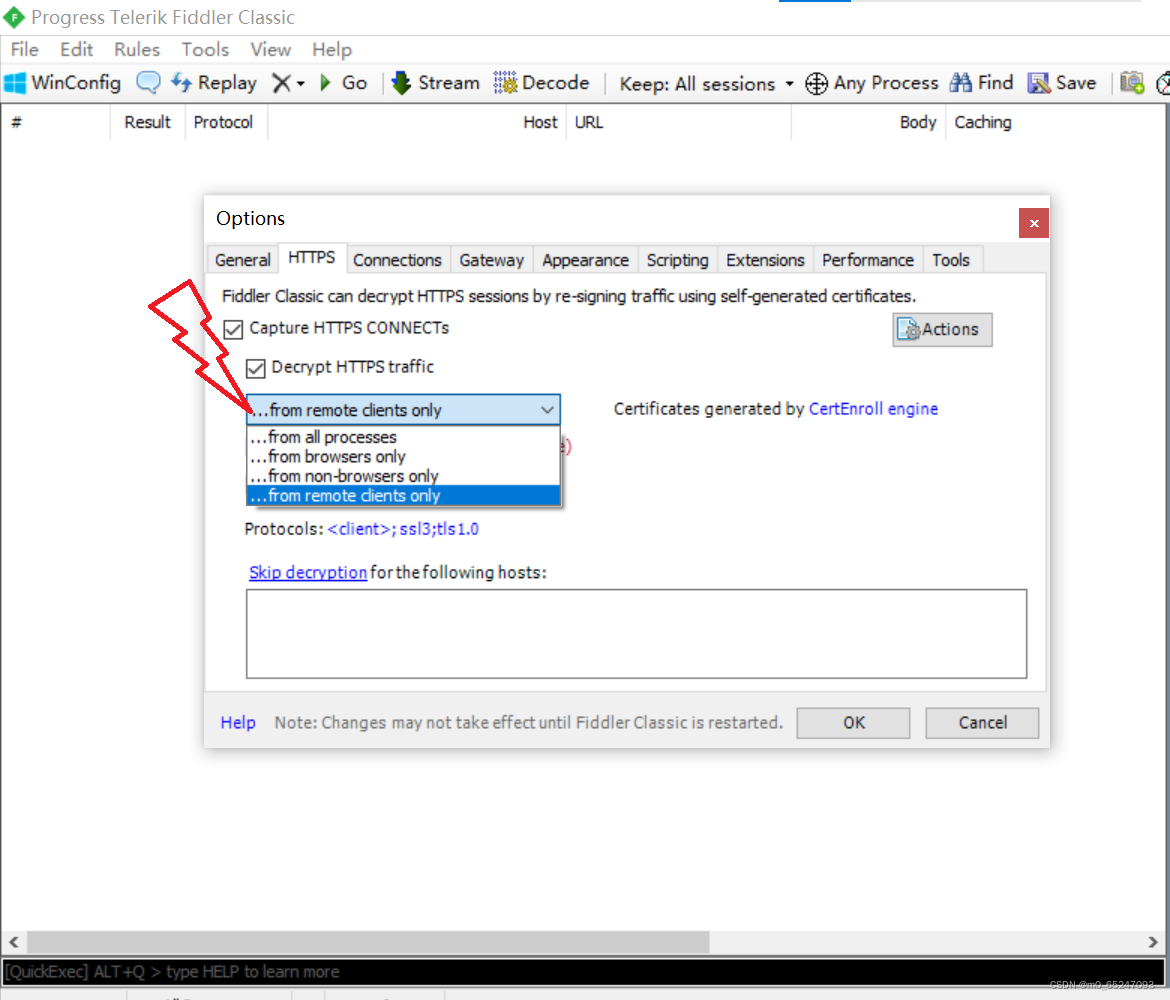
小程序web抓包-fiddler
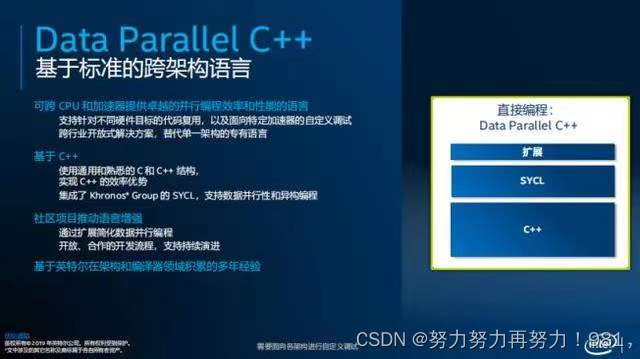
Intel oneapi - opening a new era of heterogeneity
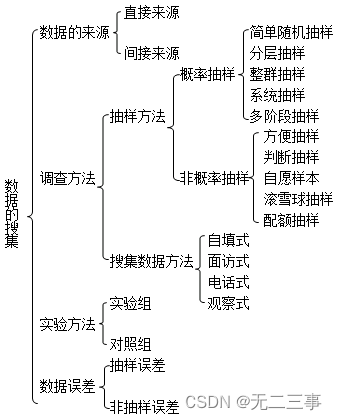
《统计学》第八版贾俊平第二章课后习题及答案总结
随机推荐
Record an API interface SQL injection practice
The difference between layer 3 switch and router
7-3 construction hash table (PTA program design)
XSS之冷门事件
The United States has repeatedly revealed that the yield of interest rate hiked treasury bonds continued to rise
关于超星脚本出现乱码问题
浙大版《C语言程序设计实验与习题指导(第3版)》题目集
Intranet information collection of Intranet penetration (2)
搭建域环境(win)
WEB漏洞-文件操作之文件包含漏洞
我的第一篇博客
Lintcode logo queries the two nearest saplings
7-4 hash table search (PTA program design)
7-14 error ticket (PTA program design)
记一次api接口SQL注入实战
《统计学》第八版贾俊平第十三章时间序列分析和预测知识点总结及课后习题答案
Always of SystemVerilog usage_ comb 、always_ iff
Intranet information collection of Intranet penetration (I)
Circular queue (C language)
Based on authorized access, cross host, and permission allocation under sqlserver